1970s Sci-Fi Movies That Are Actually Still Worth Watching
Star Wars gets all the credit for launching modern science fiction movies, but it wasn’t released until 1977. By then, serious sci-fi was already exploding and had been flooding theaters since the beginning of the decade. Unfortunately, the mega-success of Star Wars and a few other movies overshadowed everything else, erasing from memory many of the wins the genre had already earned.
Now, much of the good science fiction of the 1970s is on the verge of being forgotten. But thanks to the increased access to streaming, the best of these movies are still available and worth watching.
These are the most often overlooked 1970s sci-fi movies, that are still worth watching. They hold up.
THX 1138 (1971)
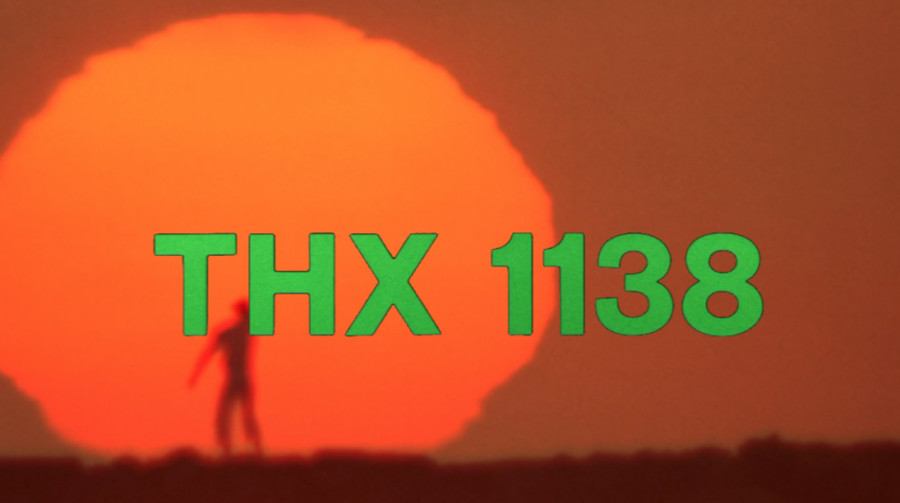
Six years before Star Wars was released in 1977, George Lucas made his directorial debut with THX 1138 eight. In the film, THX 1138 is the name of the main character, a factory worker who creates the androids to police the city.
In this dystopian future, intercourse and reproduction are forbidden, while citizens live under strict drug control to suppress emotions. After THX 1138’s female roommate, LUH 3417, secretly replaces his medication, THX develops feelings for her. This leads to a romantic relationship and their subsequent arrest. In prison, THX escapes with fellow inmates SEN and SRT, ultimately discovering the city is underground and making his way to the surface.
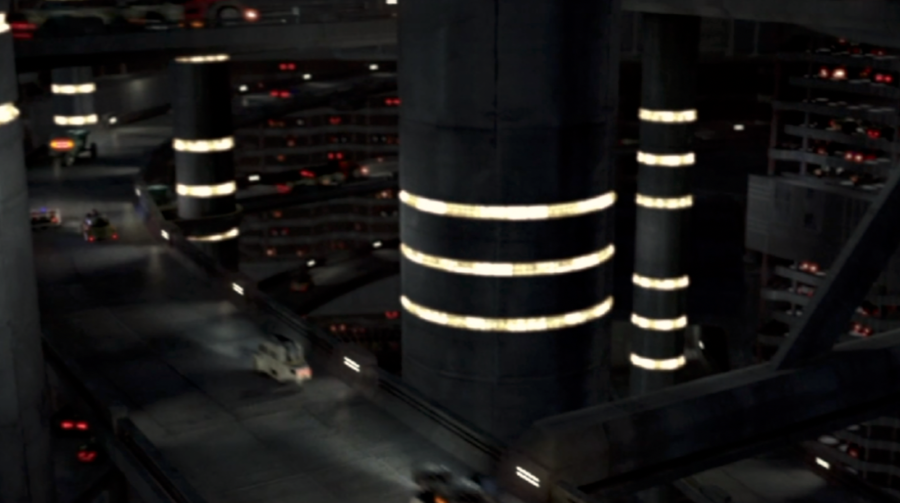
Made on a budget of $777,000, THX 1138 was a low-budget film, even for the early 70s, when most features cost an average of $6 million. Upon its initial release, the film received mixed reviews from critics and underperformed at the box office. Francis Ford Coppola, a producer for THX 1138, ended up owing Warner Bros. $400,000 for budget overruns.
However, despite the movie’s rough start, following the success of Lucas’s Star Wars, THX 1138 gained critical acclaim and developed a cult following.
Slaughterhouse Five (1972)
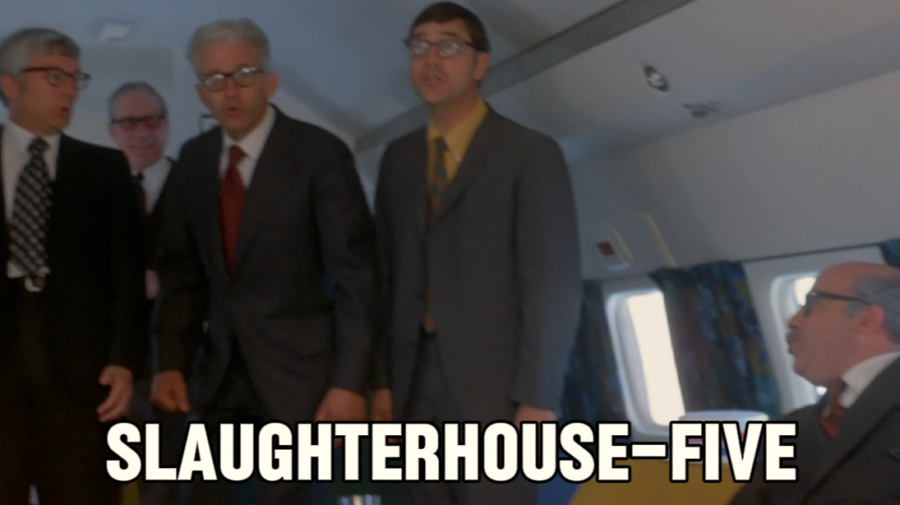
Based on the acclaimed Kurt Vonnegut Jr. novel of the same name, Slaughterhouse-Five details the life of Billy Pilgrim, a soldier caught by the German army while fighting in Belgium during World War Two. His time in a POW camp and forced labor in a slaughterhouse earn him respect from some of his peers, but generates a potentially lethal enemy from one fellow prisoner.
Following the war, Billy marries and has a family but is haunted by visions that are eerily familiar and prophetic. Alien abductions and time travel weave into the script, which brilliantly breathes screen life into Vonnegut’s iconic story.
Considered a “must-see” by fans of the genre, the 1972 Slaughterhouse-Five movie is also a favorite of film critics. While the film version of the Vonnegut novel did not enjoy the commercial success of the book, Slaughterhouse-Five had a great showing at the Can Film Festival, and it earned a Golden Globe nomination for the film’s top-billed actor, Michael Sacks.
Silent Running (1972)
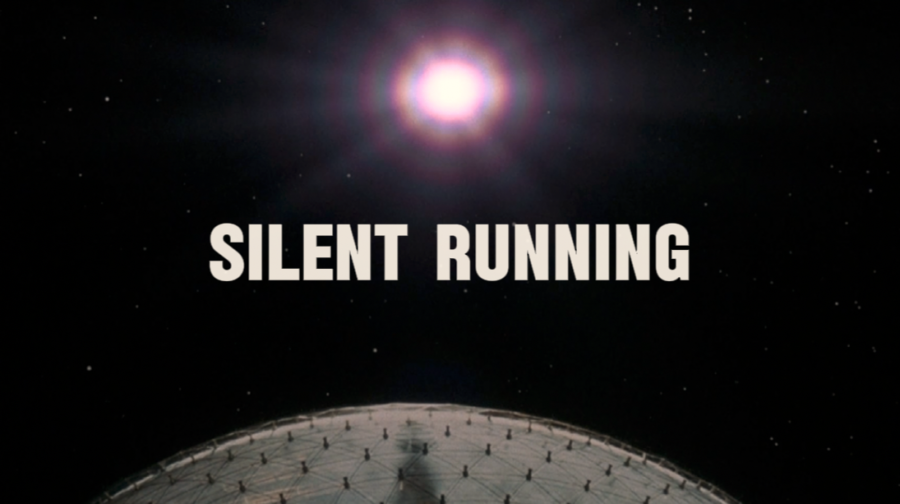
1972’s Silent Running has been all but forgotten by the pop culture zeitgeist despite being a verifiable work of art. Certain VFX sequences in the film were actually repurposed from unused footage meant to be in 2001: A Space Odyssey. The film also contains drone models that would go on to inspire George Lucas’ design of R2 D2 in Star Wars.
Silent Running centers on a future dystopia wherein all plant life has gone extinct on Earth. As a result, cargo spaceships have been enlisted to grow plants in space under massive greenhouse conditions. One such greenhouse, the Valley Forge, remains docked outside of Saturn’s orbit, where Bruce Dern’s Freeman Lowell works as a deep-space ecologist.
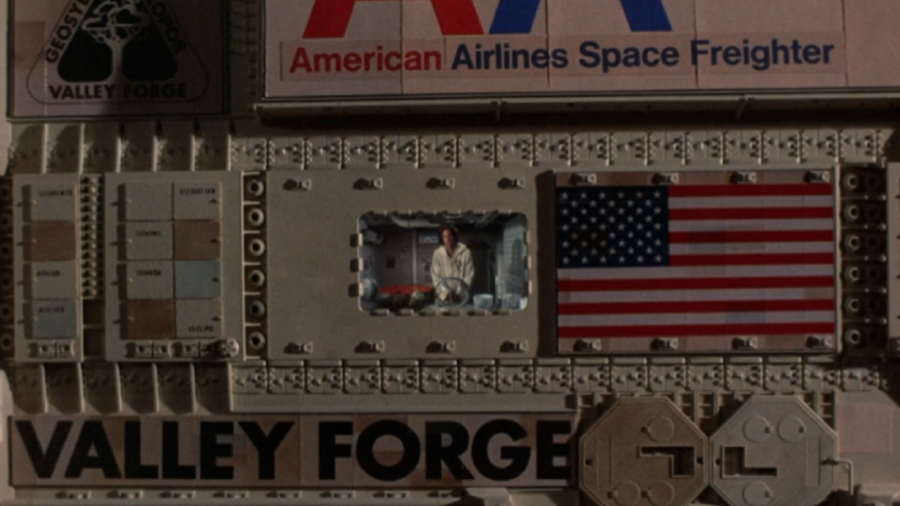
When Lowell is called on to jettison all the plant life from the ship, he revolts, killing the crewmen who attempt to get in his path. As Silent Running continues, the film becomes a deep meditation on what it means to be human in the face of hopelessness and highlights the need for human beings to coexist with nature as a significant function of their mental health and well-being.
The movie bombed at the box office but received positive reviews from critics, with some even hailing Silent Running as a better film than the highly cerebral 2001: A Space Odyssey.
Westworld (1973)
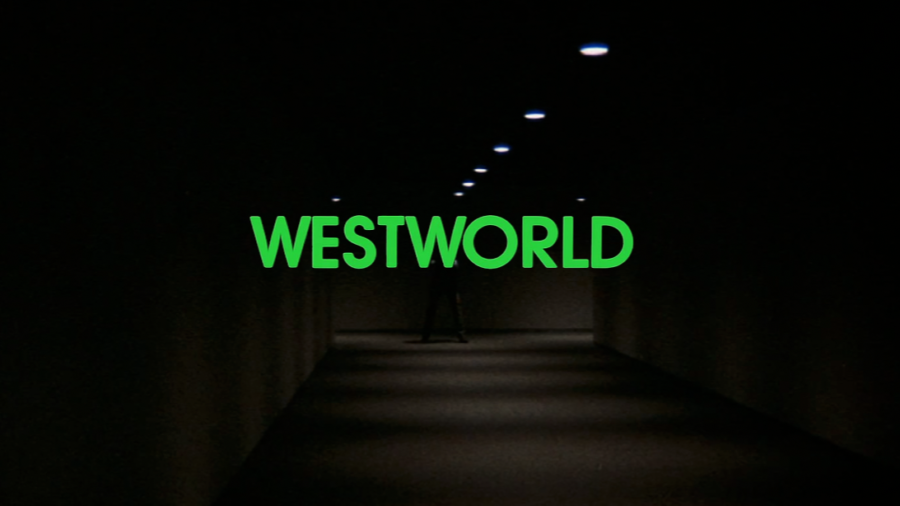
Long before it was on HBO, Westworld was a 1973 sci-fi western with Yul Brynner in the lead role as The Gunslinger. The film was an experiment of sorts, with novelist Michael Crichton directing the film, writing the screenplay, and authoring a novelization which was released in conjunction with the movie.
Like the modern revamp on HBO, Westworld is the story of a theme park that recreates historical settings using human-like robots. When the technology malfunctions, the robots go on a killing spree, and the park’s guests try to escape.
Brynner is the real highlight of the movie, as a seemingly unstoppable killing machine, not unlike the Terminator.
Zardoz (1974)
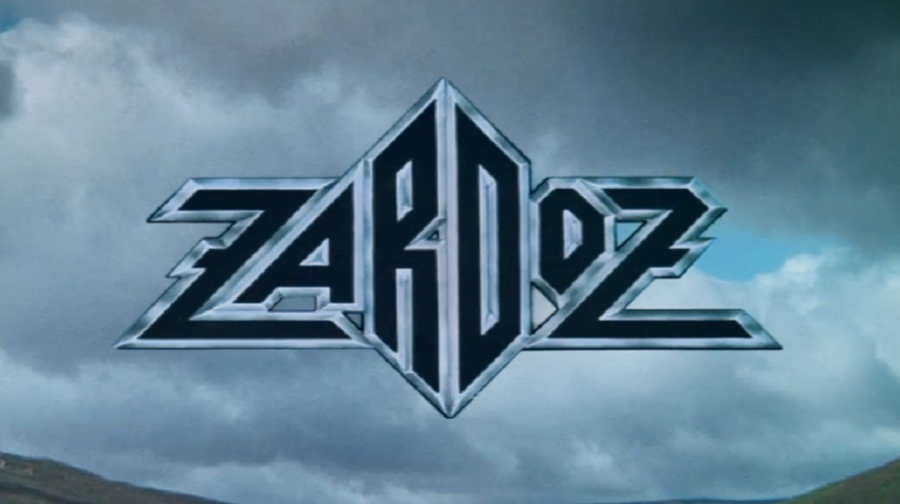
Zardoz is a 1974 science fiction film directed by John Boorman and set in a post-apocalyptic future. In this world, the brutish “Exterminators” oppress the masses and worship a giant flying stone head called Zardoz. The head spews guns and dictates that they kill to reduce the population.
Sean Connery stars as Zed, an Exterminator who discovers the truth behind Zardoz and the fabricated society ruled by the Eternals, a group of immortals who live in a secluded utopia. The Eternals, weary of their immortal existence, manipulate the Exterminators for population control. Zed’s arrival disrupts their static society, leading to revelations, chaos, and, ultimately, transformation for both the mortals and immortals.
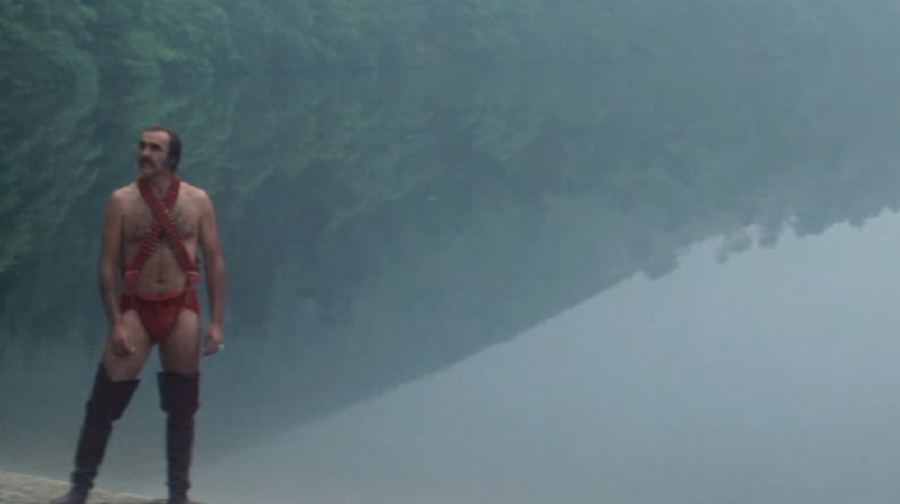
Sean Connery, fresh from his tenure as James Bond, delivers a striking performance as Zed and appears in a notably unconventional costume. Charlotte Rampling co-stars as Consuella, an Eternal who plays a significant role in Zed’s awakening.
Despite its originality, Zardoz received mixed reviews upon its release. Some criticized it for its convoluted plot and eccentric execution, but others praised it for its boldness and philosophical undertones. Over time, the film has gained a cult following, appreciated for its unique take on dystopian cinema and its audacious artistic vision.
Rollerball (1975)
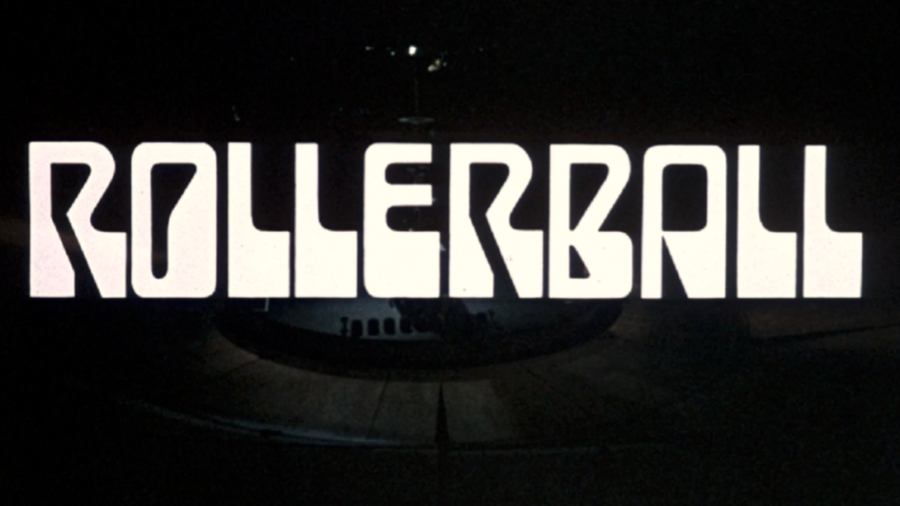
Based on the short story Roller Ball Murder, which was published in a 1973 issue of Esquire, Rollerball follows veteran Houston Rollerball player Jonathan, played by James Caan. His team sponsor is one of a handful of powerful corporations that control society.
In this dystopian setting, books have been digitized and their contents are altered at the will of the obscenely wealthy oligarchy in command. One of the oligarchs, Energy Corporation executive Mr. Bartholomew, approaches Jonathan and offers him a very generous retirement package if Jonathan announces his retirement during an upcoming Rollerball bout.
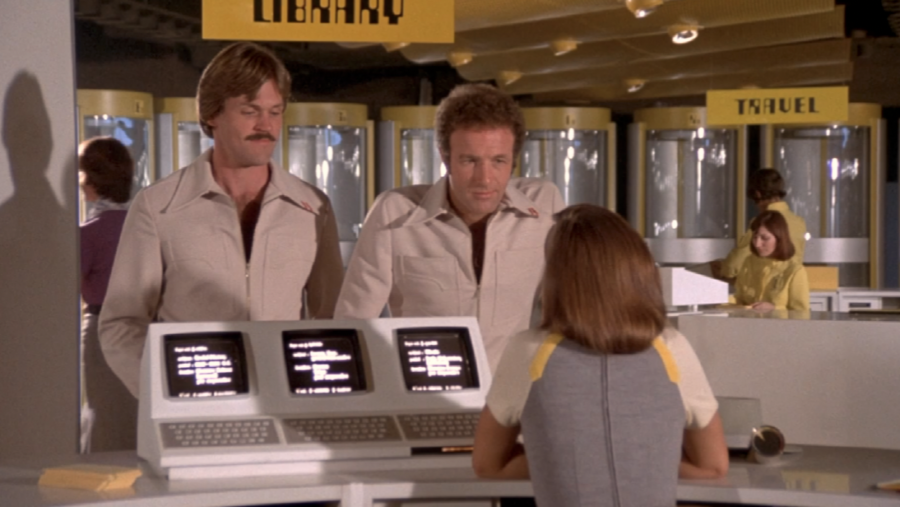
Jonathan refuses, creating a battle of wills, between an aging Rollerball player and one of the most powerful men in the world. To try and force Jonathan into retirement, Mr. Bartholomew foments rapid rule changes to the sport, making it more violent. Eventually, these changes will have deadly consequences for several of the players.
Produced on a budget of $6 million, Rollerball was a big money maker for United Artists. By the end of its theatrical run, Rollerball brought in an astounding $30 million in box office receipts, the equivalent of $177 million in 2024. Within a decade, the film garnered a new generation of fans when it was released as a massive hit on multiple home video formats.
Logan’s Run (1976)
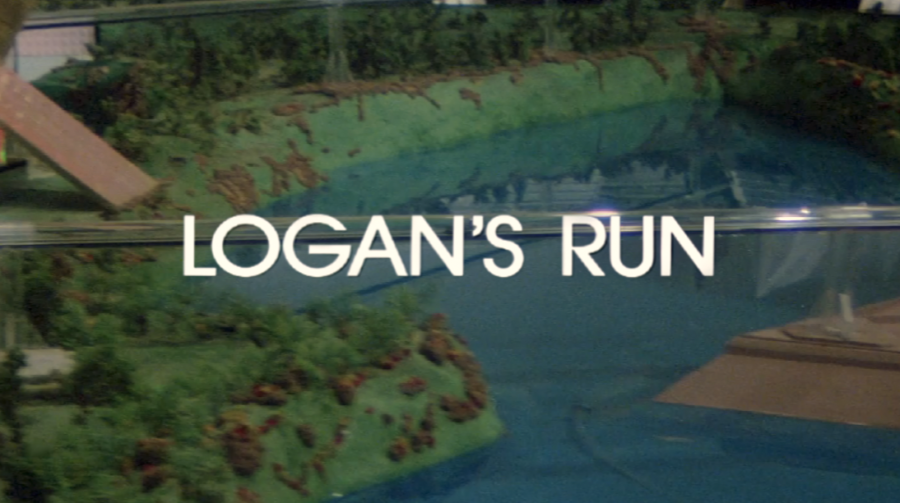
Released in 1976, Logan’s Run was directed by Michael Anderson with a cast led by Michael York. Crafted from the 1967 novel of the same name, the movie unfolds in a seemingly utopian future society that unveils itself as a dystopia.
In the world of Logan’s Run, balance is maintained by a grim practice. Everyone reaching the age of 30 is systematically terminated to manage population and resource consumption. The narrative revolves around Logan 5, a “Sandman” tasked with ending those who attempt to escape death but now facing the prospect of his own termination.
The consensus among critics at the time was that they enjoyed the feature for its outlandish storyline and silly execution but that it shouldn’t be taken too seriously. Logan’s Run received acclaim for its visual effects, earning a Special Academy Award and six Saturn Awards, including Best Science Fiction Film. It cost producers about $8 million to make and it brought in a whopping $25 million at the box office, more than tripling its budget.
The Man Who Fell To Earth (1976)
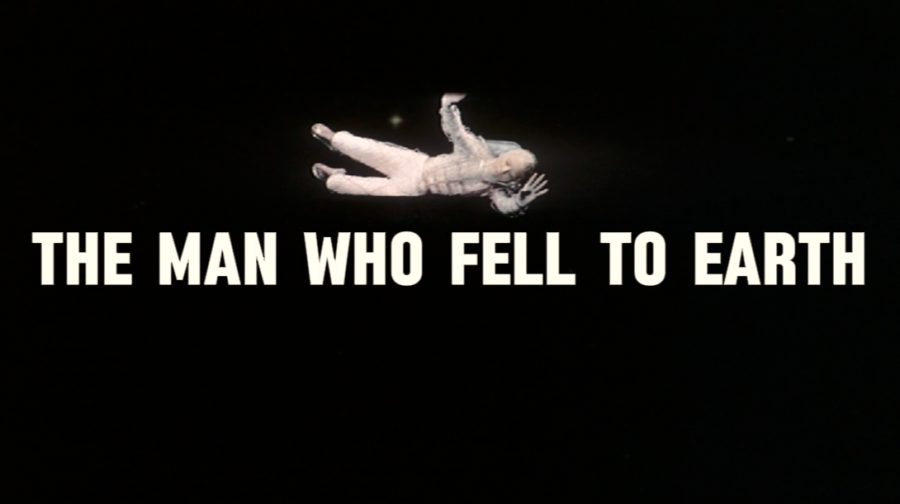
The Man Who Fell To Earth was originally a book written by Walter Tevis in 1963. More recently there was a modern series on Showtime. But the most well-known version of the story is the 1976 film of the same name which starred David Bowie in the lead role. That film was directed by Nicolas Roeg and also starred Rip Torn and Candy Clark.
The Man Who Fell to Earth centers on an extraterrestrial named Thomas Jerome Newton, who comes to Earth from a distant drought-stricken planet. Disguised as a human, Newton uses advanced alien technology to amass a vast fortune through patenting his inventions. He spends his wealth on building a spacecraft to transport water back to his home planet to save his family.
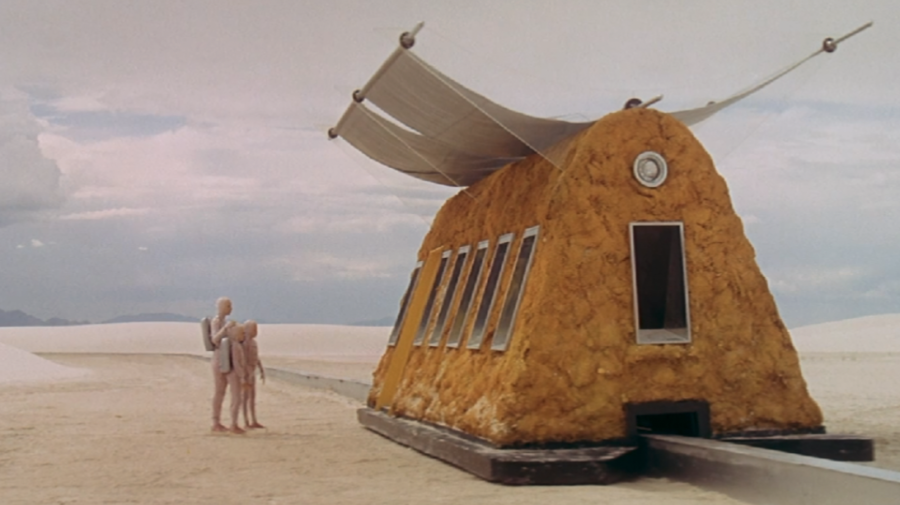
As he navigates the complexities of human society and corporate greed, Newton becomes sidetracked by loneliness, earthly pleasures, and despair. His mission is seriously jeopardized as he becomes increasingly disconnected from his original purpose and succumbs to the harsh realities of human life.
This quiet, contemplative take on the source material works perfectly, thanks in no small part to Bowie’s otherworldly performance.
Invasion of the Body Snatchers (1978)
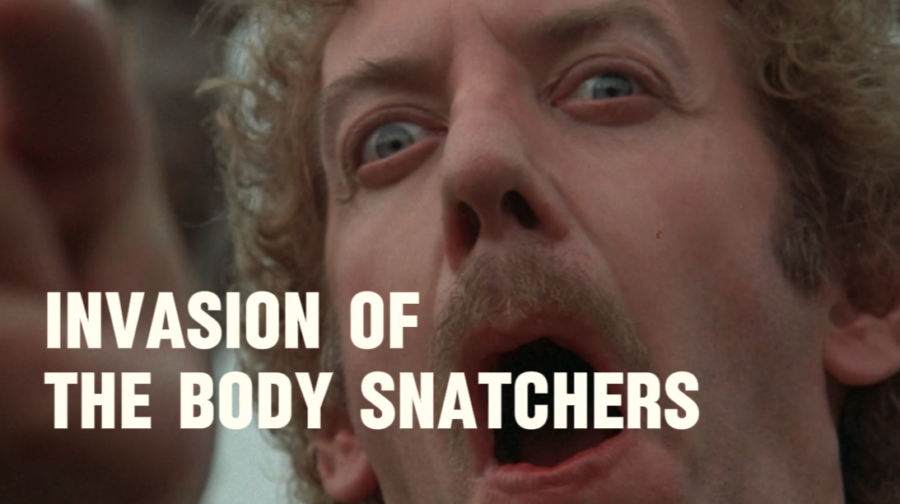
It’s rare for a remake to surpass the original version of a popular movie. So it says something pretty incredible that Donald Sutherland’s 1978 version of Invasion of the Body Snatchers has become the definitive take on the classic story.
In addition to Sutherland, the movie co-stars Star Trek’s Leonard Nimoy and Jeff Goldblum. The story focuses on an invasion of aliens from another planet that wind up scattered around the Earth in a form resembling plant-like pods. In actuality, these pods contain aliens that target humans when they are sleeping to kill and replace them with clones that appear identical in every way, except the copies lack humanity.
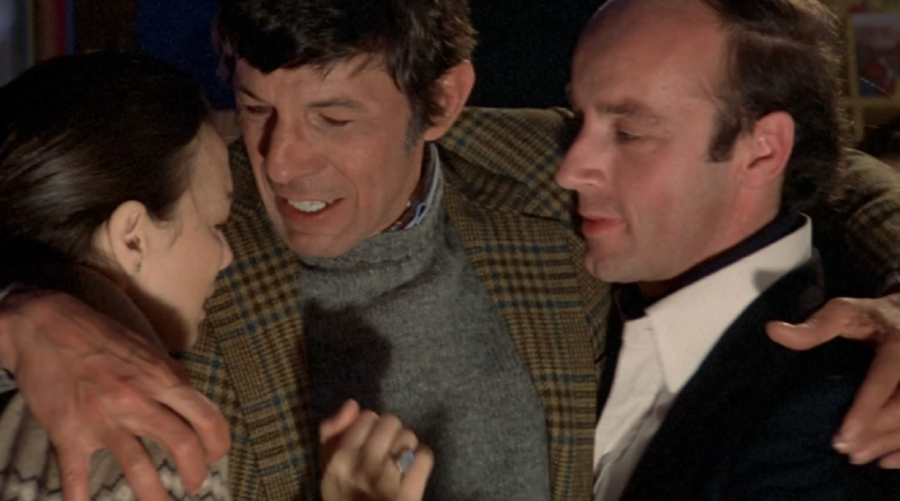
Invasion of the Body Snatchers focuses on Donald Sutherland’s character Matthew, who is one of the first to realize what is happening and the danger that the entire world is in. Anyone who has seen the movie will remember the iconic scene of the main characters encountering a body snatching gone wrong, resulting in a dog with a human face.
Invasion of the Body Snatchers is a bleak film, with Donald Sutherland’s character eventually realizing how little opportunity there is for humanity to survive this invasion.
Laserblast (1978)
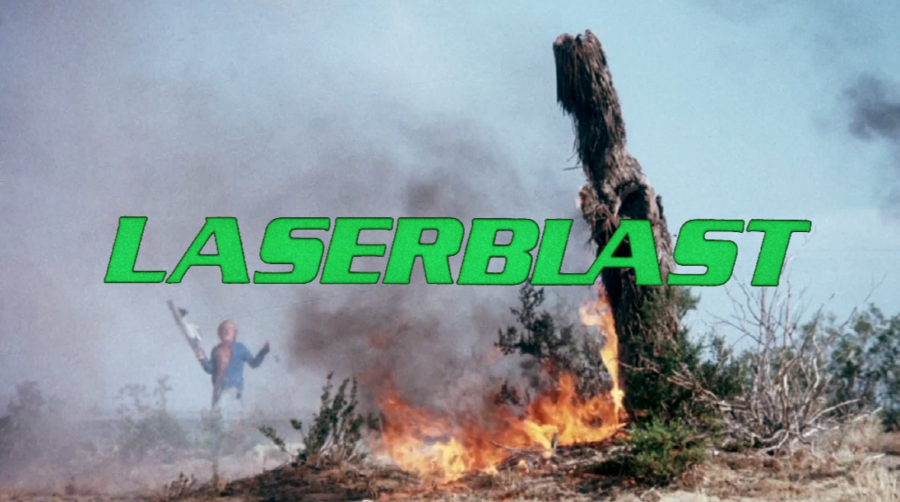
One worthwhile entry from the post-Star Wars years of the 1970s was the 1978 B-grade film Laserblast, which, if it’s remembered at all, is probably only for a scene where one of its characters destroys a Star Wars billboard.
The movie features sci-fi icon Roddy McDowall as its most notable cast member. You might also recognize Eddie Deezen, who played the quintessential nerd character in the 80s and 90s movies like Grease, War Games, Teenage Exorcist, and the Leslie Neilson film Spy Hard.
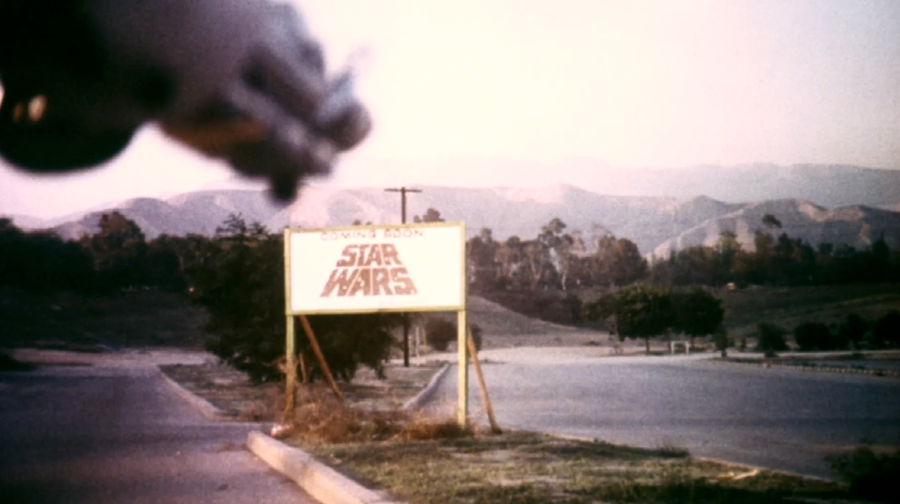
Laserblast opens in a desert in the southwestern United States where a green-skinned man is being pursued by dinosaur-like aliens that emerge from a spaceship. The man has his arm strapped into a laser cannon, which he fires at the aliens without success. The two aliens disintegrate the man with their lasers and leave behind his cannon and the large pendant that he wore around his neck.
A teenage boy named Billy, played by Kim Milford, soon finds and figures out how to work the cannon. The cannon cannot be controlled unless the user is wearing the pendant. Also, the pendant slowly transforms its wearer into a green-skinned monster while amplifying its host’s base emotions until it leads him on a path of destruction and revenge.
The storyline was there, and the special effects and makeup were surprisingly good but mediocre to subpar acting and camera work, which almost seems amateurish at times, really hold the film back.
Buck Rogers (March 1979)
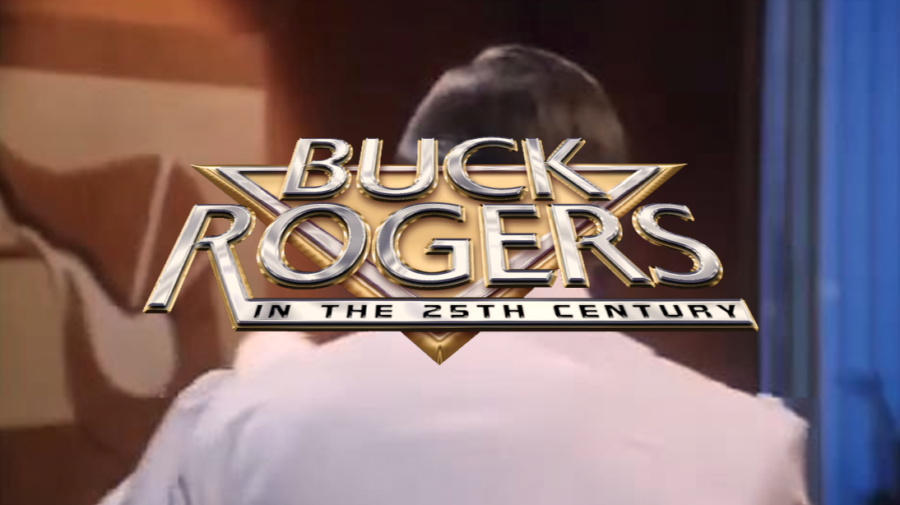
If you’re of a certain age, you probably grew up watching Buck Rogers on television regularly. What you might not remember is that the feature-length pilot actually got a theatrical release several months before the show premiered on TV.
The character of Buck Rogers was created all the way back in 1928 for a comic book. He’s now best known for the 70s sci-fi series of the same name.
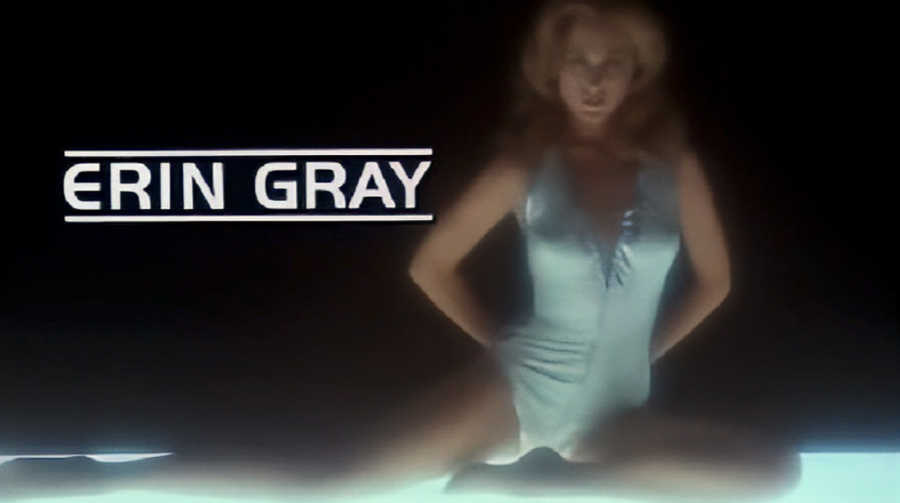
Gil Gerard starred in the title role as a strapping 20th-century astronaut who was frozen in suspended animation for 500 years. Once awakened, he finds himself in a strange future filled with crazy aliens, irritating droids, and Erin Gray in a series of puberty-inducing outfits.













Login with Google